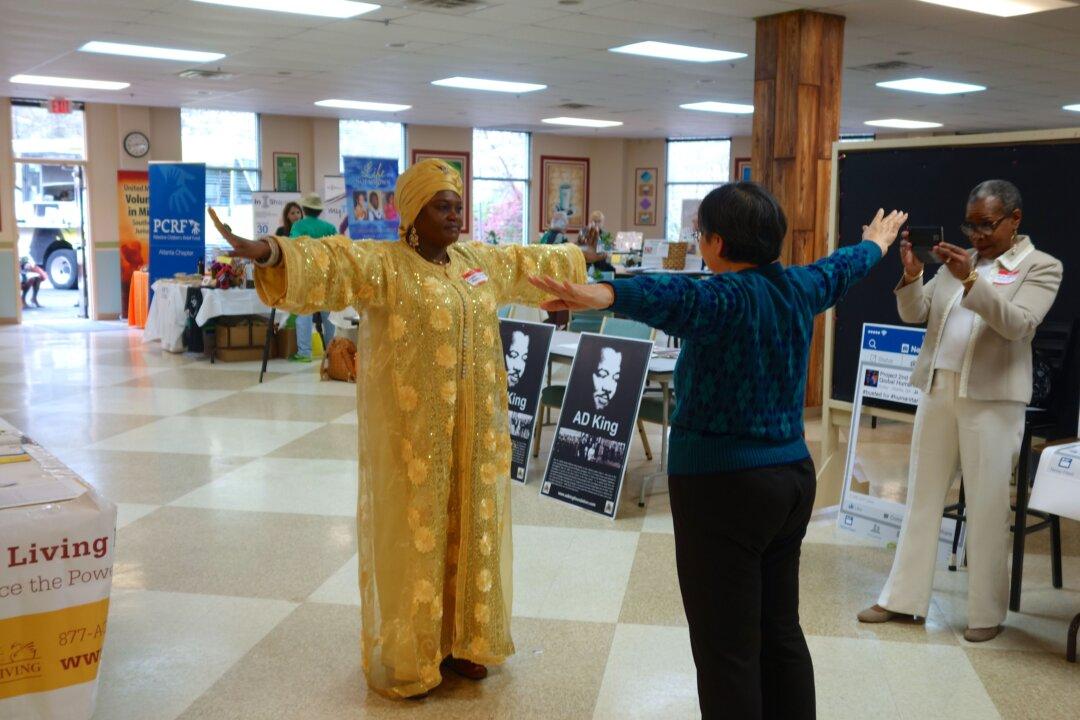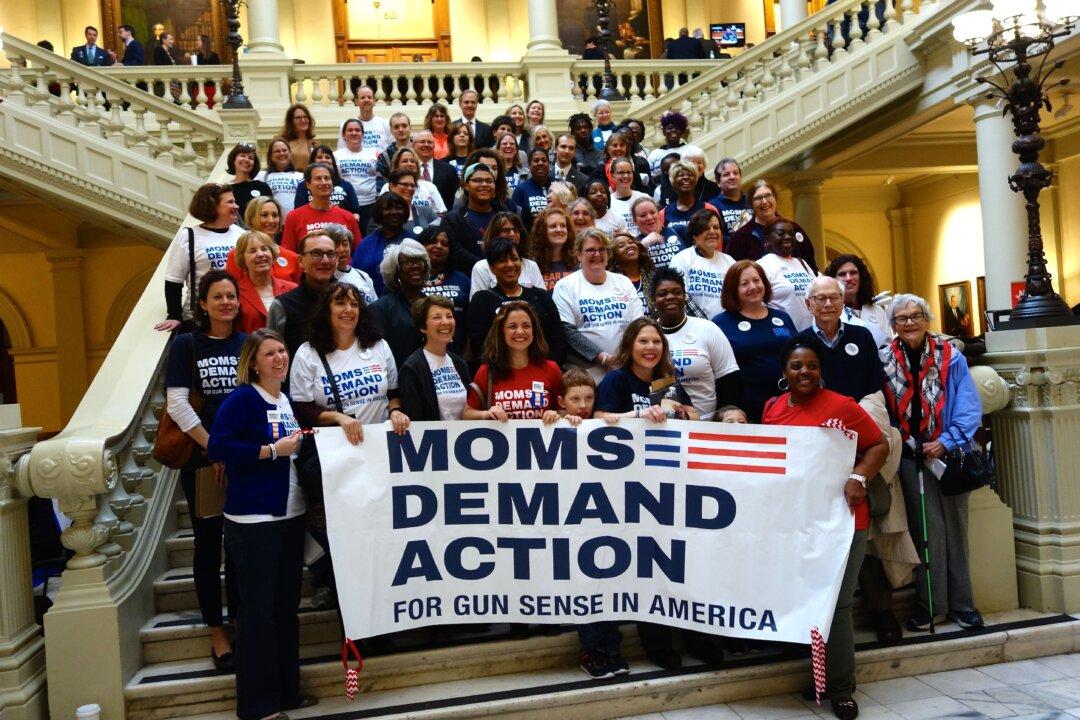When Sweet Briar College announced it would close, other women’s colleges rallied like the sisters they are.
My alma mater, Hollins University, invited Sweet Briar students to transfer. My alumnae association board issued a formal statement that Sweet Briar alumnae are welcome at Hollins. It read in part, “The Hollins Alumnae Association Board of Directors proclaims our utmost sympathy, support, love, and admiration for the alumnae and students of Sweet Briar College, and will continue to provide help in the future.”
That is the tone I remember from my time at Hollins. The sisterhood is real.
Behold the beautiful facts: A women’s college graduate is nearly twice as likely to complete a graduate degree as a public college graduate. The difference is 51 percent compared to 27 percent, according to Women’s College Coalition (WCC). A big majority, 81 percent, said “their college was extremely or very effective in helping prepare them for their first job.”





